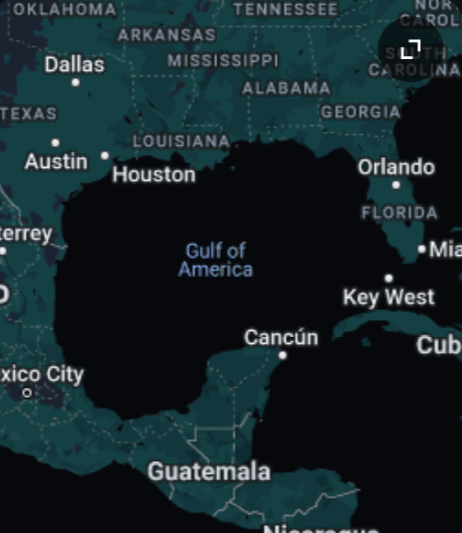Something bad has happened: the apocalypse, doomsday, etc. No matter what it is, the only options are the grocery store, the car wash across from it, or the Burger King. Which one is the better choice? How long could one survive in each? Say this person uses the grocery store; what measures need to be taken to provide the most supplies in the long run?
This idea of how long one can survive in a grocery store was brought up from the channel “The Food Theorists,” two years ago, which information will be mentioned from. So, what happens first? What is the ideal action plan to ensure food stays fresh longer?
Grocery stores have an average of 30,000 products on the shelves, not including how many of each product there are. Each item has different nutritional values and expirations dates. According to “The Food Theorists” How would the organization and preparations take so no food gets spoiled?
Assuming the worst case scenario, there would be no power, so no water or cooking utilities. Dairy and raw meat are the first to save – extending the shelf life is something that is most important due to the need of calories and amino acids. Curing or smoking deli meat is something one can do without electricity. Biology and health teacher Mrs. Elizabeth Martin plans out what she would do in this scenario. “[If] there’s food, medicine, and water, I’d said you could live a good ten years.”
Most grocery stores will have around 370 pounds of salt. Martin says, “There is normally lots of salt in grocery stores; you could use that for curing meat.” Also, in grocery stores, there are plenty of fire-building resources, Martin continues, “Grocery stores normally have a camping area or [something] similar; there would be plenty of fire materials, so temperature shouldn’t be a problem.” After saving this raw meat for a couple months, processed packaged deli meat can even last one month unrefrigerated.
Next is saving fruits and vegetables; using that fire, one can dehydrate fruits and vegetables, extending the shelf life up to six months to a year and providing vitamins and nutrients for months on end. This has supplied about a year’s worth of food out of products that would have spoiled in the first days. Martin says she would “take Ziploc baggies or Mason Jars and preserve any easy spoilage foods such as meat, fruits, or veggies.”
One year in, there is still plenty of food in original packaging that is perfectly fine to eat, such as dried pasta, white rice, oats, powdered milk, molasses, potato flakes, packaged beef jerky, and dried beans. These foods have over 20+ shelf lives and can provide humans with valuable calories in need. Canned food with shorter shelf lives such as fruit, pickles, and jams can provide seven years worth of food in calories.
Eight years in, it’s time to dig into the almost-invincible factory made foods, like peanut butter, canned goods, and breakfast cereal. These foods will degrade over time; however, they will not become inedible. These foods might taste or look rancid, but would still contain most of the nutritional values – just don’t open them before it’s feeding time! These sealed packaged foods such as chips, crackers, and even drinks such as soda, beer, and jarred goods can last 42 years in total.
So far, this one grocery store can supply 50 years worth of living. The last 50 years might not be pleasant due to rancid wet dog food; however, it has moved on to the last group of foods, which are naturally invincible food such as honey, jello, sugar, hard alcohol, and soy sauce. These foods still taste as good as when they were made 50 years ago and provide another 13 years.
That means 63 years of life, just off of what was already supplied. However, is there any way to stretch this longer? Martin says, “Normally, there is a garden section or plants available for sale.” If this person used soil from plants in this section and mixed it with compost, which has been growing since day one with all the food and waste produced, a garden is formed. This way, food doesn’t run out; using rainwater for drinking, but also a water source, is the way to support this ecosystem. Adding grains, beans, and potatoes to this garden will give a human all the protein, amino acids, and nutrients needed to survive.
This means a human can survive for a natural lifespan inside of a grocery store. If they ration supplies and plant a garden, this apocalyptic grocery store home could be one that lasts decades.
















